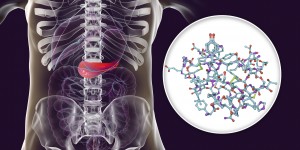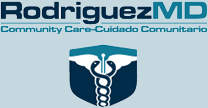How Do Triglyceride Levels Affect My Health?
Triglycerides are a type of fat in the blood. Most people are familiar with cholesterol levels but may have less knowledge about how triglycerides affect their health. Triglycerides are stored in fat cells and released when the body needs energy between meals. When we eat more calories than our body can burn, the level of triglycerides can become too high. This can lead to serious health issues.
Anyone at any age can develop high triglyceride levels. However, there are certain risk factors unique to women. Triglycerides can be elevated during pregnancy, by using birth control pills with estrogen, and by hormone replacement therapy. Certain medications can also raise triglyceride levels.
 A high triglyceride level can increase the risk for heart disease and stroke. It can contribute to hardening and thickening of the walls of the arteries. High triglycerides can also lead to inflammation of the pancreas. There are often no visible symptoms of high triglyceride levels. Routine blood tests, usually done along with cholesterol testing, will determine triglyceride levels. These tests are sometimes called a lipid profile or lipid panel. A normal triglyceride level is measured at less than 150 mg/dL; high triglycerides are between 200-499 mg/dL; very high levels are 500 mg/dL and over.
A high triglyceride level can increase the risk for heart disease and stroke. It can contribute to hardening and thickening of the walls of the arteries. High triglycerides can also lead to inflammation of the pancreas. There are often no visible symptoms of high triglyceride levels. Routine blood tests, usually done along with cholesterol testing, will determine triglyceride levels. These tests are sometimes called a lipid profile or lipid panel. A normal triglyceride level is measured at less than 150 mg/dL; high triglycerides are between 200-499 mg/dL; very high levels are 500 mg/dL and over.
Lifestyle changes can sometimes lower triglyceride levels naturally. Healthy eating habits can make a big difference. Avoid foods that are high in saturated fats, trans fats, and sugary carbohydrates. Choose low fat dairy and lean meats. Eat fish twice a week. Choose whole grains and foods high in fiber. Foods rich in omega 3 fatty acids including salmon, tuna, kale, spinach, and brussel sprouts can help lower triglycerides. Other lifestyle changes that are beneficial include exercising more, losing excess weight, and decreasing alcohol use.
Your doctor can monitor triglyceride levels through regular checkups and routine blood work. If lifestyle changes have not been enough to keep triglycerides under control, medications can be prescribed.




